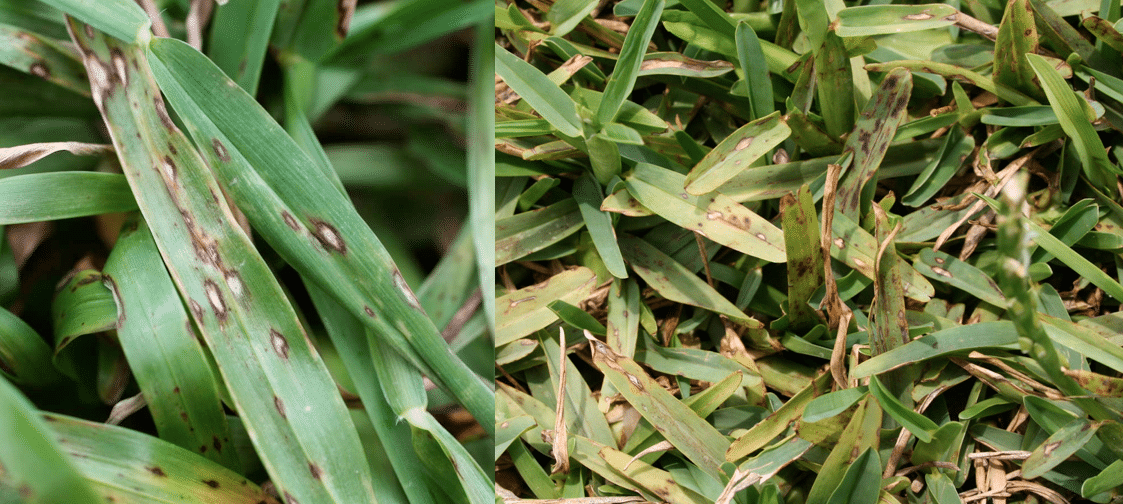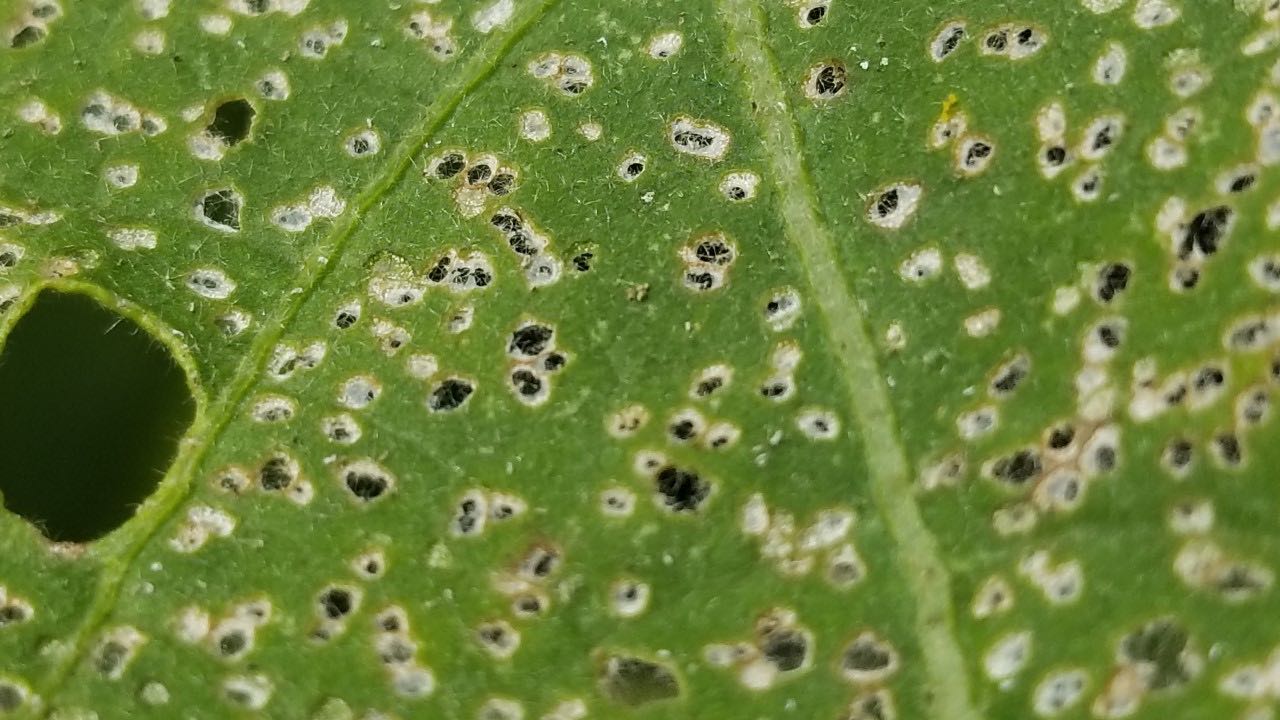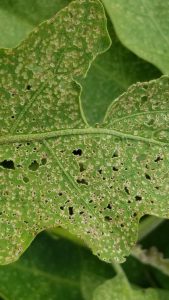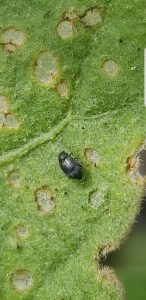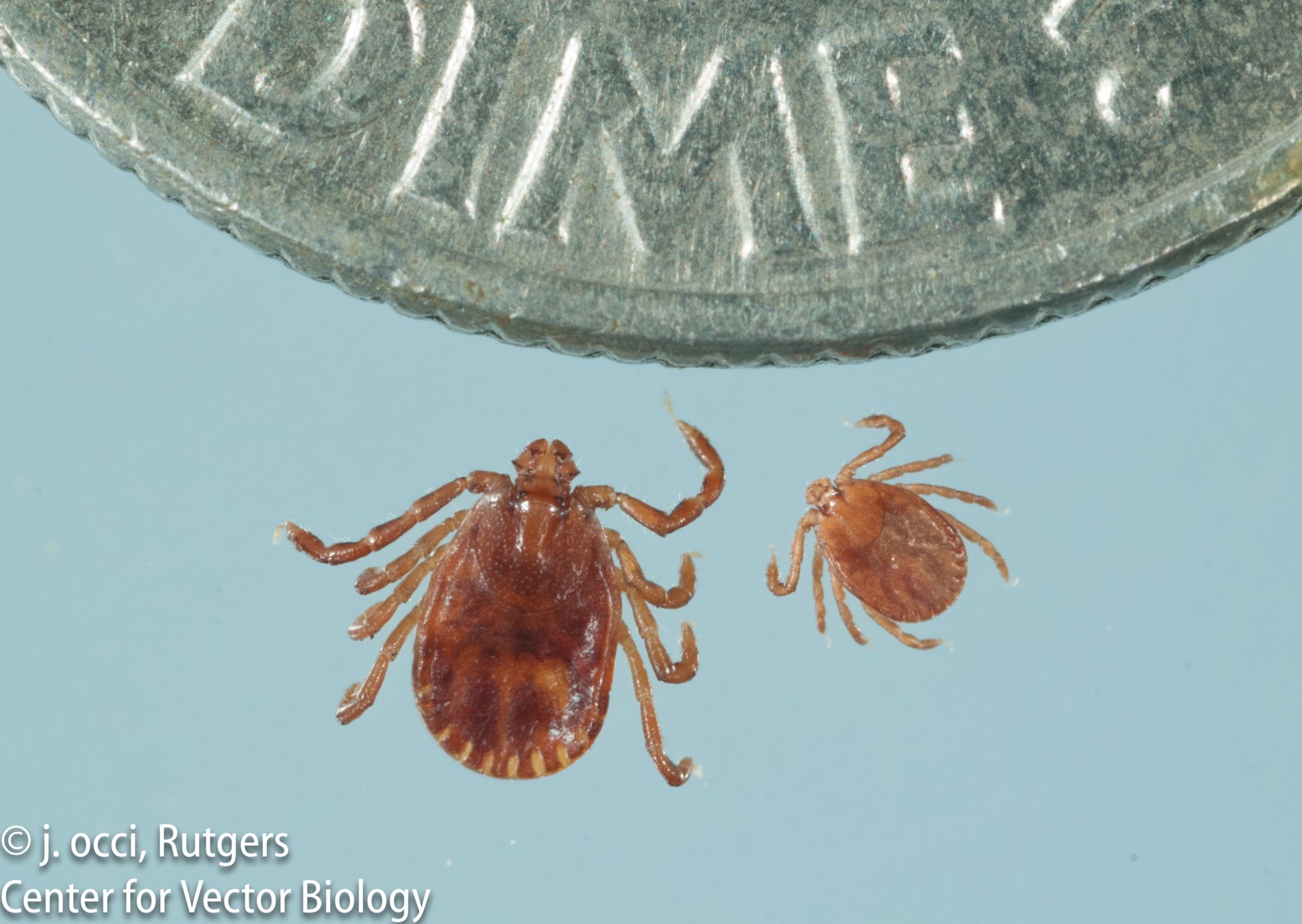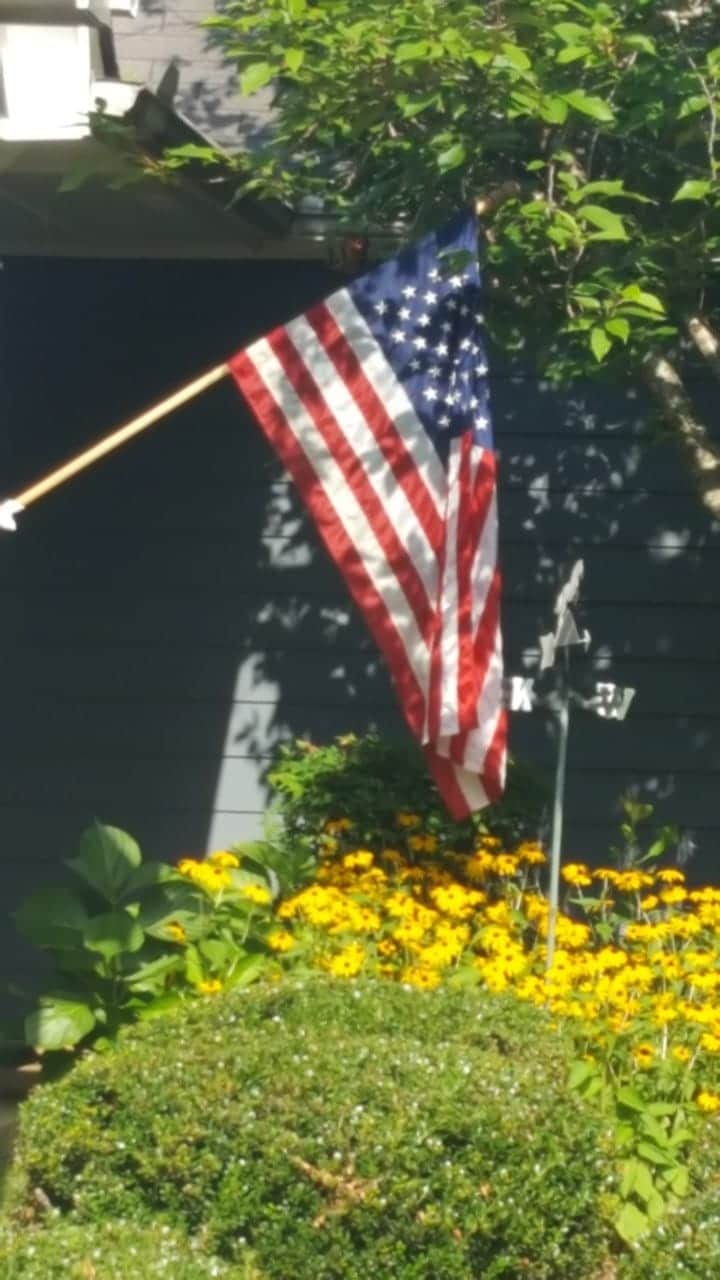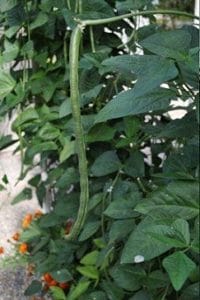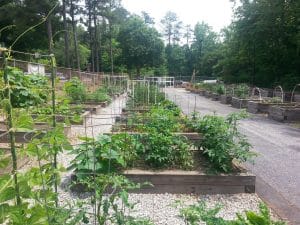Brown patch (caused by Rhizoctonia solani) and Pythium blight (caused by Pythium spp).
These diseases are often the most severe diseases for cool-season grasses, especially on tall fescue and ryegrass.
Pythium blight has the potential to cause significant damage to turfgrass quickly. The disease starts as small spots, which initially appear dark and water-soaked. Affected turfgrass dies rapidly, collapses, and seems oily and matted. White, cottony mycelia may be evident early in the morning. The disease is driven by hot-wet weather, which correlates with increased stress on the turf. Similar environmental and cultural factors that encourage brown patch also promote Pythium. Therefore, cultural practices for control of brown patch will also help to minimize Pythium blight development. A correct diagnosis is essential because Pythium control requires specific fungicides.
Several fungicides are available for each of the diseases described above. Consult the Georgia Pest Management Handbook or the Turfgrass Pest Control Recommendations for Professionals (www.georgiaturf.com) for proper fungicide selection and usage. Read the label and follow proper guidelines.
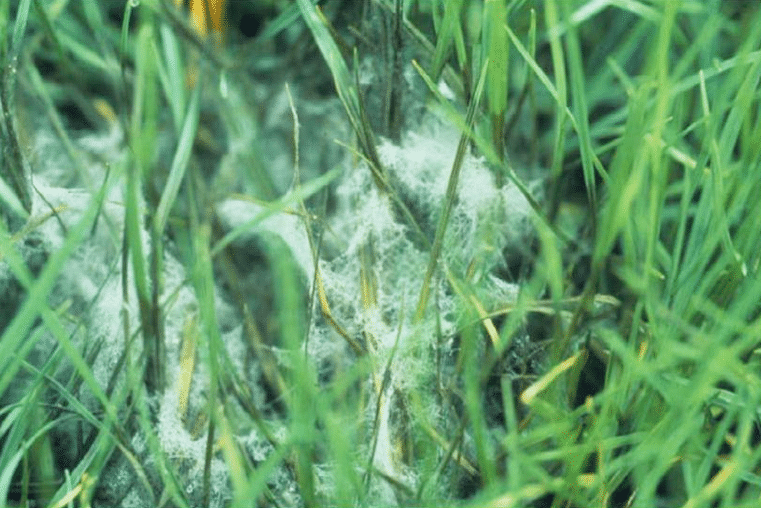
Pythium blight on tall fescue (Photo Lee Burpee)
Brown patch can cause a foliar blight, which results in necrotic leaves and circular brown patches up to 4-5 ft in diameter. High soil and leaf canopy humidity, and high temperatures increase disease severity. Higher than recommended rates of nitrogen in the spring promotes disease. Management options include: avoid nitrogen application when the disease is active, avoid infrequent irrigation and allow the foliage to dry, mow when grass is dry, ensure proper soil pH, thatch reduction, and improve soil drainage.
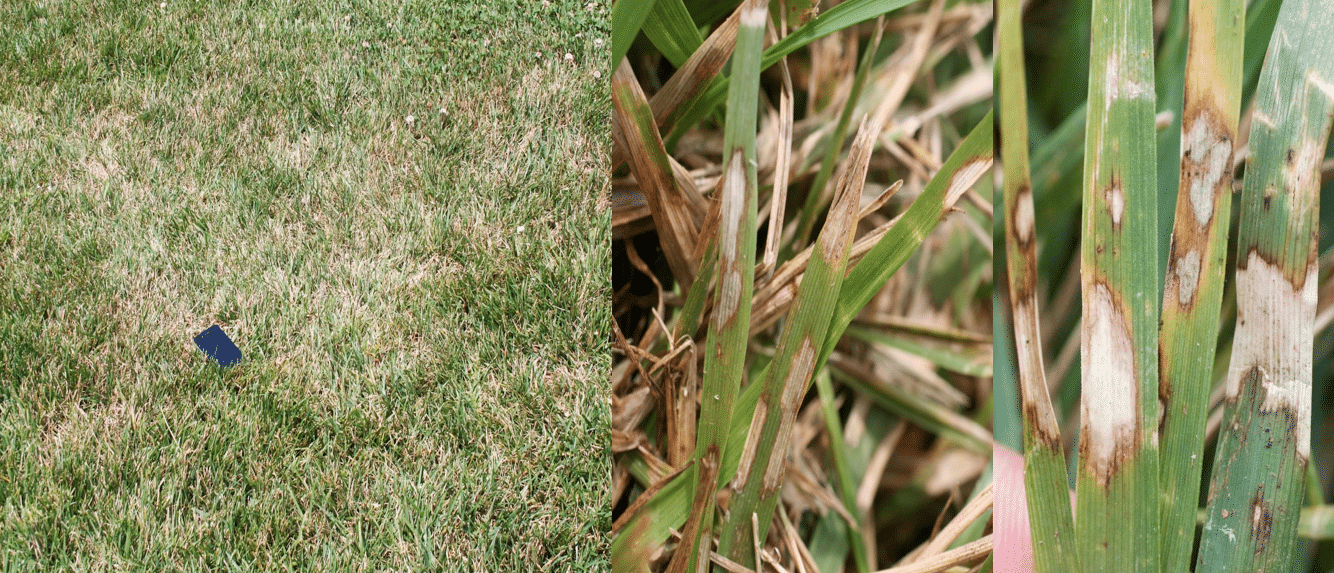
Brown patch on tall fescue (Photos Alfredo Martinez)
For more information on Brown patch and Pythium visit http://extension.uga.edu/publications/detail.html?number=B1233
